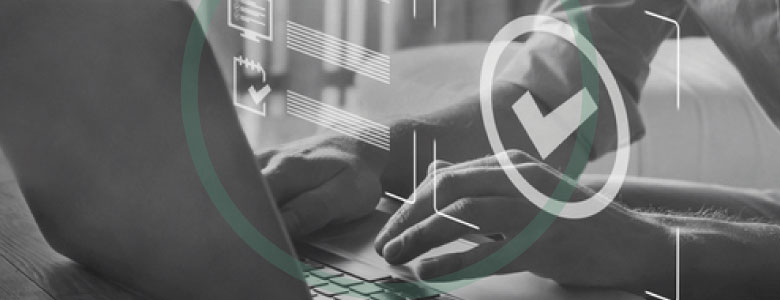A Constituent Relationship Management (CRM) solution is called many names in fundraising marketplace. A database, fundraising system, and, of course, a CRM. There are vast differences between a database or a fundraising systemand a CRM. Whereas a database or fundraising system simply stores data related to your non-profit organisation, university, or school, a CRM is process and workflow driven.
Your organisation’s CRM is the single most important asset owned. Finding the perfect CRM is the most important step you will take as a leader. Products vary in shapes and sizes. The selection of which of these products can be overwhelming. The fact is, the biggest brand in the market may not be the right CRM for your organisation. Don’t fall for one of the five misconceptions when selecting a CRM:
- The thought you to buy quickly
- The need to have it all
- Believing product A is the only one available
- Thinking product A must be solid because someone in your network uses it
- The myth product A will work “out of the box”
BUYING QUICKLY
You are driving the bus. Take your time to get to your destination. While there might be internal pressures to identify the most suitable CRM for your organisation, do your homework and understand your requirements before looking at available product.
THE NEED TO HAVE IT ALL
Similar to individuals, non-profit organisations tend to overbuy technology. You look at a product and believe you need it all and you need it day one. The fact is, your organisation can start with what you “must have” day one and can continue to purchase functionality on an as-needed basis.
BELIEVING PRODUCT 'A' IS THE ONLY ONE AVAILABLE
Staff in your organisation might have a bias over one product or another. Gone are the days when Australian non-profit organisations had a limited product set available. There used to be just the big three solutions in Australia – iMIS, ThankQ and The Raiser’s Edge. We are fortunate those three products remain, but there is a wider set of products available in the market, which include eTapestry and Blackbaud CRM, Salesforce.org Nonprofit Cloud, Microsoft Dynamics, Vega, SupporterHub and others. While the space has become more crowded over time, competition has meant products have needed to become more dynamic and vibrant to meet the non-profit sector’s needs. Study them all and decide which products meet your organisation’s requirements and are worth studying further.
THINKING PRODUCT 'A' MUST BE SOLID BECAUSE SOMEONE IN YOUR NETWORK USES IT
Colleague referrals are fantastic and often times trustworthy avenues. However, simply because another organisation uses a product does not mean it will fit your needs. It might be perfect for others, but is it the perfect fit for you?
THE MYTH PRODUCT 'A' WILL WORK "OUT OF THE BOX"
Gone are the days of “plug and play”. We no longer open a box, load software, and commence its use. Software today is cloud-based and fully configurable. Software needs to play well with others through APIs, which allow your CRM to talk to things like your finance system, student systems, and others. Finally, software often times takes advantage of satellite applications to meet requirements outside of core needs of an organisation.
Here is my10-step process to finding the perfect CRM for your organisation:
- Gather functional requirements of all portfolios across your organisation.
- Conduct market research to identify products which will meet those functional requirements.
- Write a request for proposals (RFP).
- Send invitations to chosen market leaders to participate in your RFP process.
- Conduct meetings with suppliers to ensure they understand your requirements, deadlines for submission, and other matters.
- Narrow the suppliers for demonstrations based on proposal submissions.
- Conduct demonstrations.
- Identify and negotiate with a chosen preferred supplier.
- Sign a contract with the chosen supplier.
- Submit a business plan for acquisition.
It will typically take 2 months to get through the above 10 steps. Seem like a long time? Again, remember this is the single most important asset of your organisation. It is also a decision you will live with over the next decade. Invest time to make the right decision.






